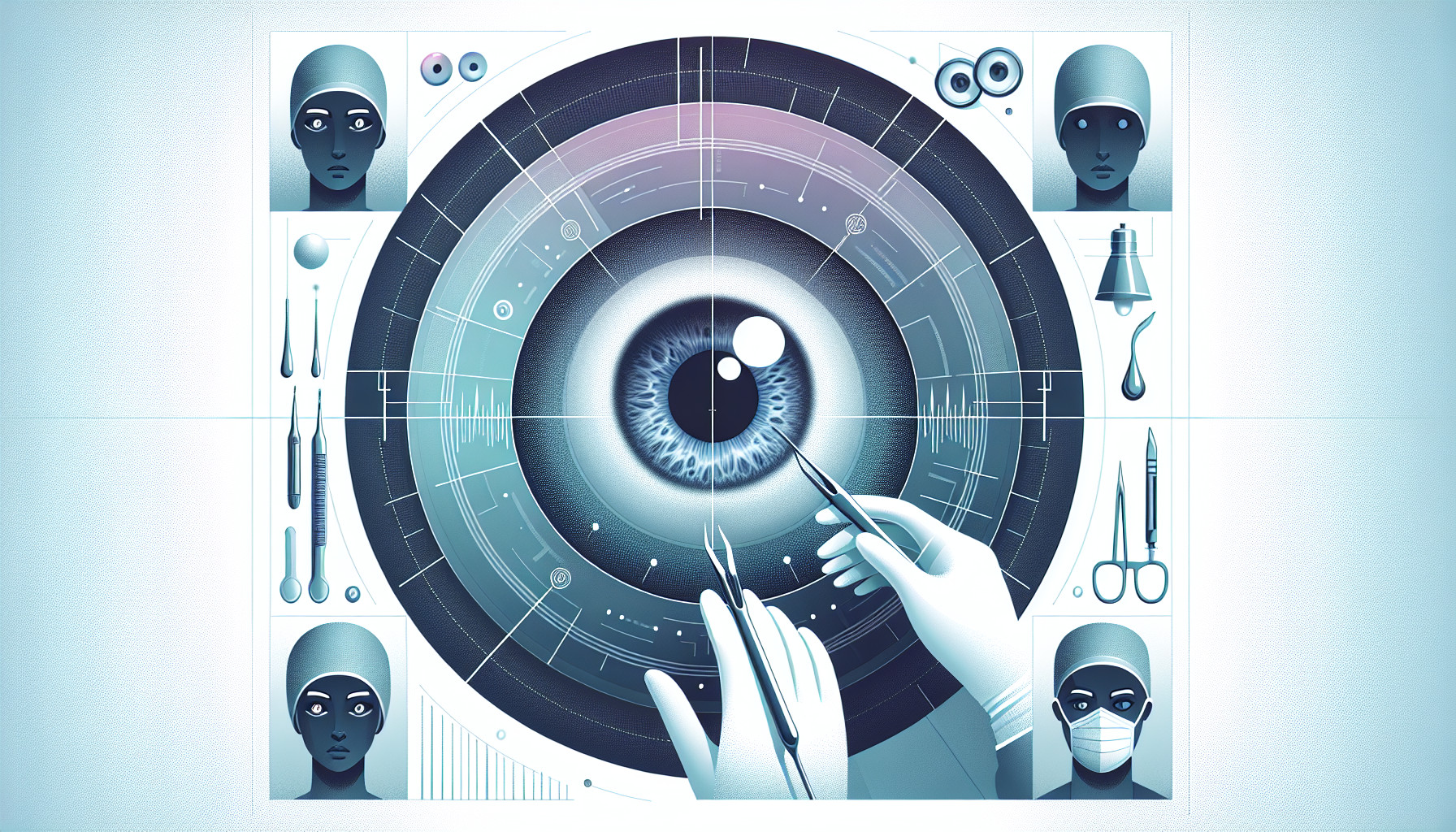Our Summary
This research paper presents a new surgical method for treating a condition in cats where the retina (part of the eye) becomes detached. This technique allows the retina to reattach naturally, reduces scarring, and lets the detachment happen close to the optic nerve. This method then allows for better imaging of the eye using certain technologies (Optical Coherence Tomography and multifocal electroretinography). The best conditions for this procedure involve removing the lens of the eye, followed by another procedure called a vitrectomy. A 16-20% retinal detachment is achieved by injecting a specific type of gas into a space beneath the central retina. After about six weeks, the retina reattaches. The quality of imaging is improved by using specific lenses to compensate for the removed lens in the cat’s eye.
FAQs
- What is the optimized surgical technique for feline retinal detachment?
- How is the retinal detachment induced in this surgical technique?
- What imaging techniques are used post-surgery and how are they enhanced?
Doctor’s Tip
One helpful tip a doctor might tell a patient about retinal surgery is to follow all post-operative instructions carefully, including any restrictions on physical activity and medications. It is important to attend all follow-up appointments to monitor healing progress and address any concerns promptly. Additionally, wearing protective eyewear and avoiding activities that could put pressure on the eyes are important for a successful recovery.
Suitable For
Patients who are typically recommended retinal surgery include those with retinal detachment, macular holes, diabetic retinopathy, epiretinal membranes, and other retinal disorders that can potentially lead to vision loss or impairment. Retinal surgery may also be recommended for patients with severe eye trauma or genetic conditions affecting the retina. It is important for patients to consult with a retinal specialist to determine if surgery is the best course of treatment for their specific condition.
Timeline
Before retinal surgery, a patient may experience symptoms such as blurred vision, flashes of light, or a sudden increase in floaters. They may also undergo various tests and imaging studies to determine the extent of the retinal detachment and the best course of treatment.
After retinal surgery, the patient will likely experience some discomfort, redness, and swelling in the eye. They will need to follow post-operative instructions carefully, including using eye drops as prescribed, avoiding strenuous activities, and attending follow-up appointments with their ophthalmologist. Over the following weeks, the retinal detachment should gradually resolve, and the patient’s vision may improve as the retina reattaches. Imaging tests such as OCT and mfERG may be performed to monitor the healing process and assess the function of the retina.
What to Ask Your Doctor
Some questions a patient should ask their doctor about retinal surgery may include:
- What is the specific surgical technique that will be used for my retinal detachment?
- What are the potential risks and complications associated with the surgery?
- How long is the recovery period expected to be, and what can I expect during the recovery process?
- Will I need any additional procedures or treatments following the surgery?
- What are the expected outcomes of the surgery, and what is the success rate for this procedure?
- Will I need to follow any specific post-operative care instructions or restrictions?
- How often will I need to follow up with you after the surgery for monitoring and evaluation?
- Are there any alternative treatment options available for my condition?
- What is the experience and success rate of the surgical team performing the procedure?
- Are there any lifestyle changes or precautions I should take to protect my eyesight following the surgery?
Reference
Authors: Wassmer S, Leonard BC, Coupland SG, Baker A, Hamilton J, Torlone R, Zacks DN, Tsilfidis C. Journal: Adv Exp Med Biol. 2016;854:315-21. doi: 10.1007/978-3-319-17121-0_42. PMID: 26427427
